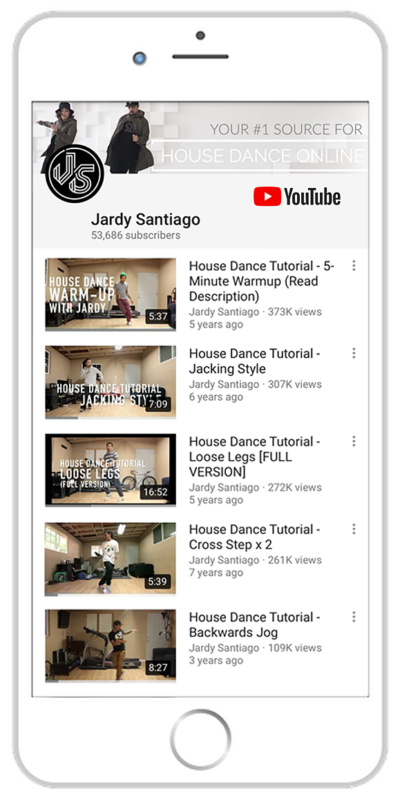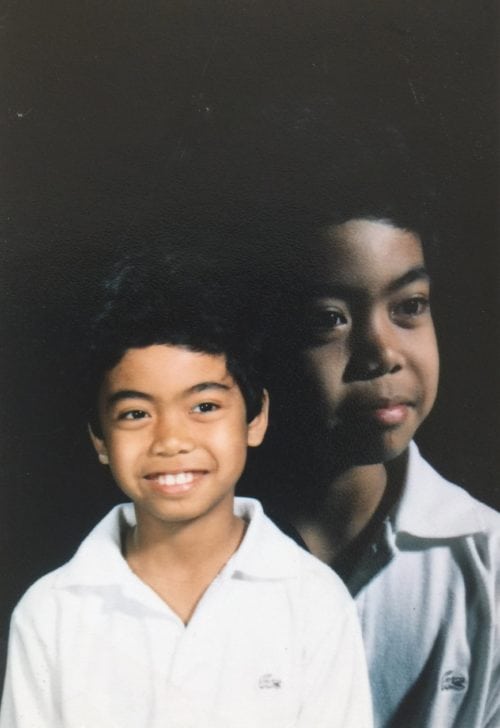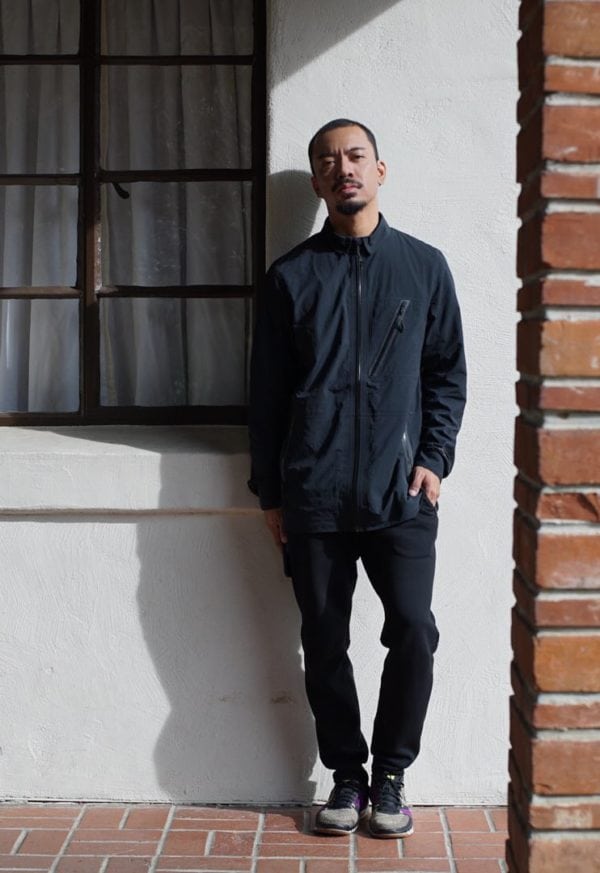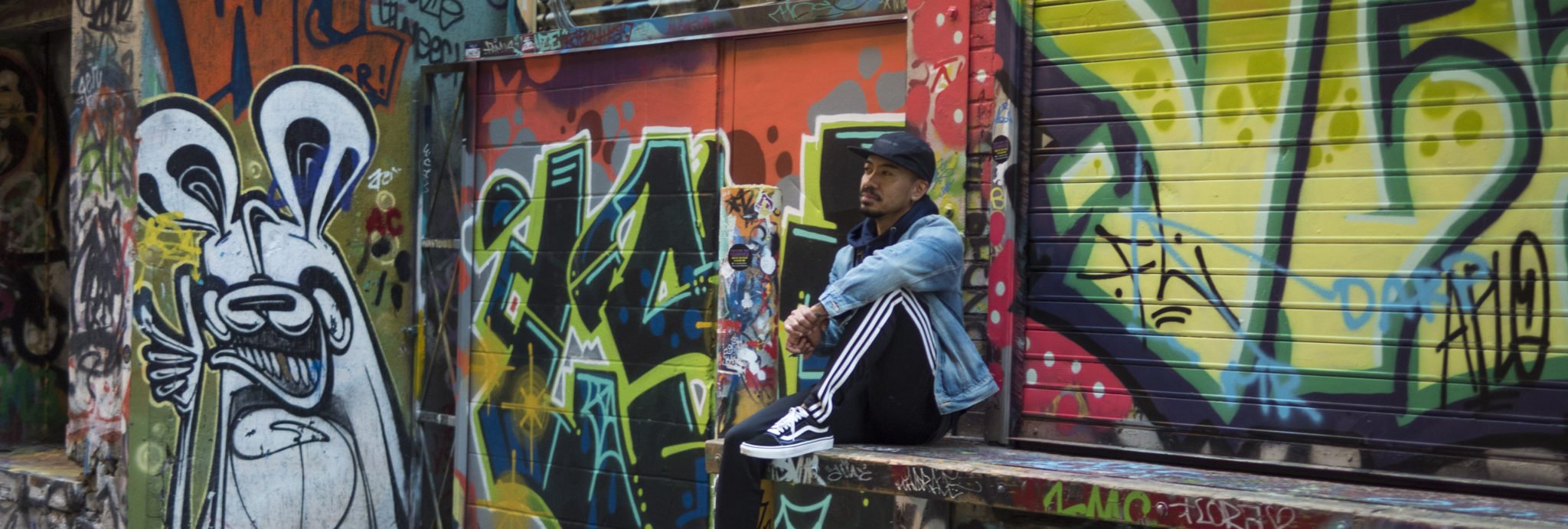
Hey, what's up! So, it's me, Jardy.
(wow time flies!)
and if you’ve been following me, you’ve probably learned a good number of dance moves from my channel. Some of you may have even wondered, “ok cool, I learned some nice moves, but how do I put them together the way you do in your ‘freestyle’ videos?”
Well, for many years I never really had an answer to that. The vast majority of students in house dance – myself included – learned through constant exposure to the dance and a lot of trial and error. Nobody had really come up with a “formula” to teach this dance. So that’s what I set out to do – to find that formula.

I remember it all too clearly… it was a cold night in Philadelphia, in 2004, when I was talking to a mentor of mine, James “Cricket” Colter. He told me, “All you really need are three moves, and you can dance all night.”
At the time, he was probably exaggerating, but I never forgot those words. Heck, I didn’t even consider what he said to be remotely true until several years later.
So during my mission to find the “formula,” I thought back to Cricket’s words for inspiration. I started studying videos of myself and other house dancers from all over the world, looking for those three secret moves.
He made it sound so simple. Is it really that simple?
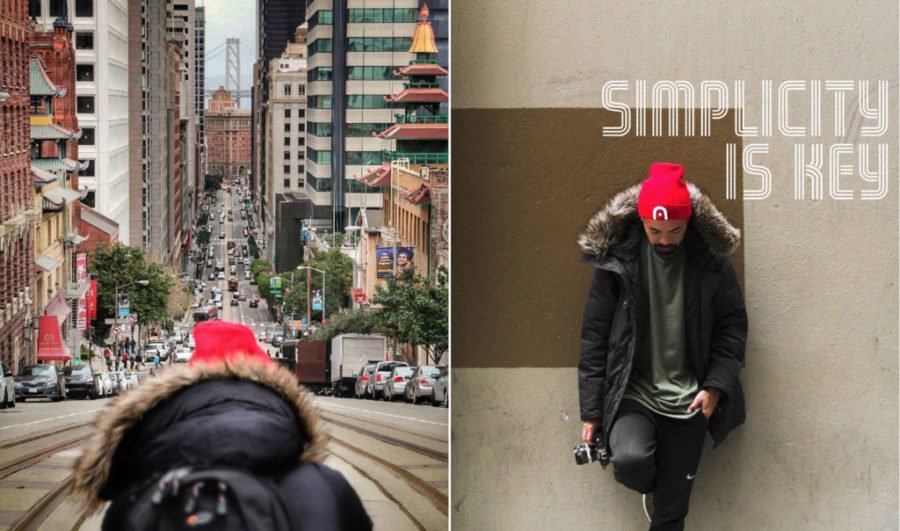
To an outsider, house dance may look like an undecipherable, complex chain of movements, but that’s far from the truth. It’s like a spoken language – sure, there are a ton of words in the dictionary, but it’s always the relatively small number of words that we’re comfortable with using that we go back to time and time again. Have you ever tried to hold a conversation using only big, intelligent-sounding words? Pretty tough, isn’t it? We all have a “base” vocabulary, and it’s no different for house dance. Simplicity is the key. The problem is, most people aren’t aware of the common vocabulary in this dance. They are given words, but aren’t shown how to make sentences.
As an example, I’d like to tell you a little story about a house dance competition I entered in 2008. For months prior, I tested a different method of training where I practiced long chains of impressive moves – I was serious about that battle, so I really tried to do the most. Well, guess what? Once my time came, I ended up thinking way too much, I tried to be too “intelligent,” ended up forgetting everything I trained, and completely flopped during my round at the competition.
Disappointed, I spent the rest of the night dancing by myself. Losing faith in my previous training method, I just resorted to doing what felt natural. I stopped trying to be impressive. Without even realizing it, my dance improved by just keeping it simple. Cricket, who happened to be there that night, gave me a thumbs up as if to say, “now you get it.”
Most people are given words, but aren’t shown how to make sentences.
House dance isn’t about planning together long chains of movement – it’s about being proficient with just a few moves that you can rely on and improvise with. Everything you add on top of those moves (like a random big “word”) just adds to the awesomeness, but in the end, returning to these “base moves” is what will keep you looking like you know what you’re doing. Memorization is not needed for this dance! Realizing this has made me a much better, and more natural dancer.
Part 2. How Dance Changed My Life
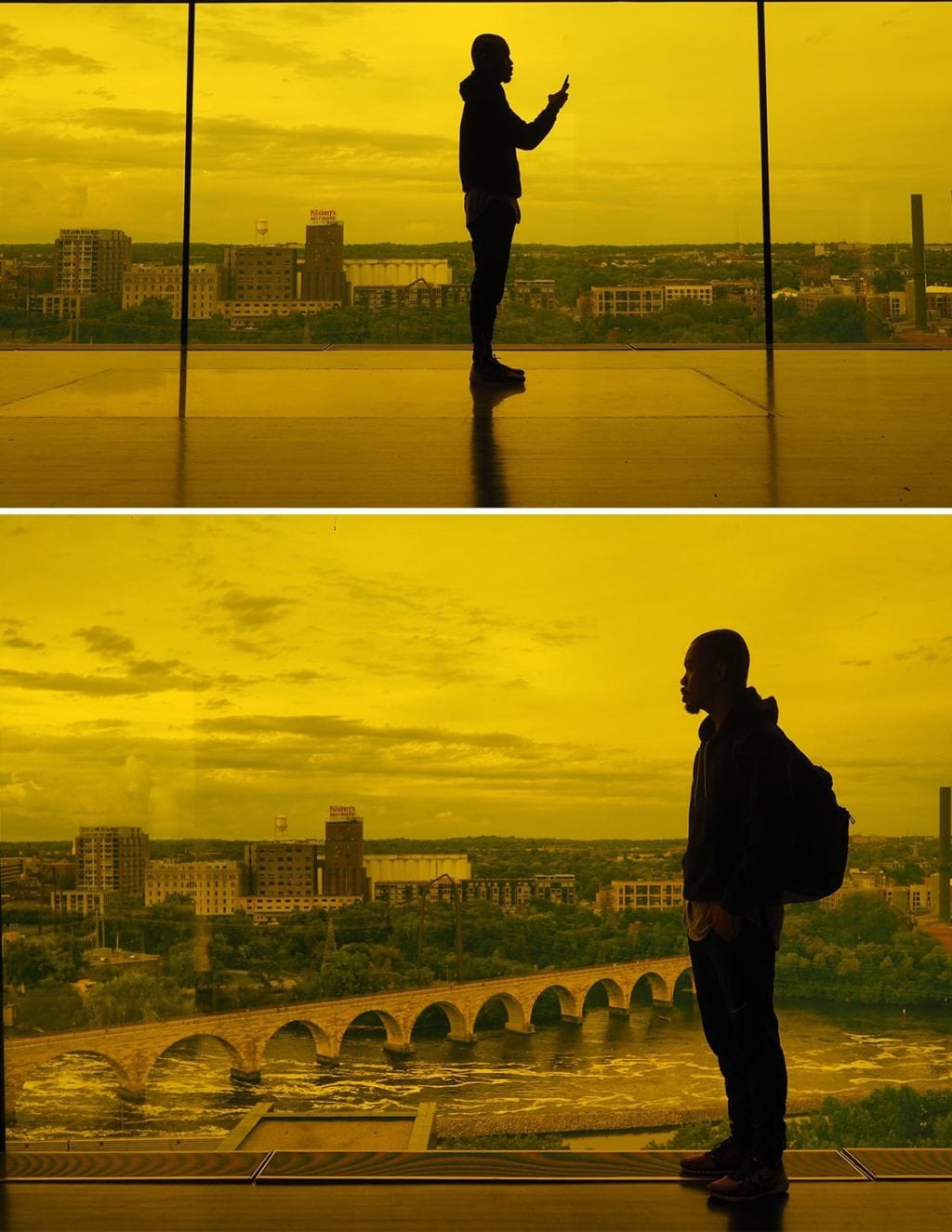
Back in my day… before Youtube
… the only way a person was able to fully study this dance was to go to the place where everyone was doing it. And in those days, there was really only one place to go – New York City, the birthplace of this dance. I’m from California so the annual trips took a bit of dedication. Of course, things have changed a lot since then. Nowadays, pretty much the whole world is aware of house dance.
So let me ask you this: Have you ever been a foreigner in a country where you didn’t speak the language? It’s very easy to feel like an outsider in that situation, isn’t it? In most cases, you’re limited to the overpriced “touristy” areas where you mostly interact with … other tourists. Speaking the language of a foreign country gives you a much higher chance of finding the cool, local spots where stuff is less expensive and of higher quality. Speaking the language reveals to you the secrets of the culture. It’s quite the same idea with dance.
Knowing the language, not only would you be able to spot a fellow house dancer from across the room just by how they walk, they will also give you the same acknowledgment. It’s a form of communication.
Once you know the language, you can interact with others on the dance floor without even speaking a word. That was a big plus for me when I was starting out, since my verbal skills weren’t as refined back then.
I was extremely shy and awkward as a kid, and it wasn’t until I discovered dance that it all changed. I was drawn to dance because it was all about ACTION. I didn’t have to verbalize a thing. I just had to move my body, and people understood.
So imagine going to another country and bonding with a community simply because you know the same dance steps. It happens all the time. And it’s not just for meeting other dancers. In general, dance is a great way to communicate when speaking over loud music is not an option. This is especially effective with the opposite sex.
One thing of which I am certain: I never would have been able to make the kind of global personal connections I’ve made if it wasn’t for dance.
Kerry and I met through Facebook in 2011, sharing a common interest in house dance. I never thought we’d share more than the occasional chat since she was in Russia, and I was in California.
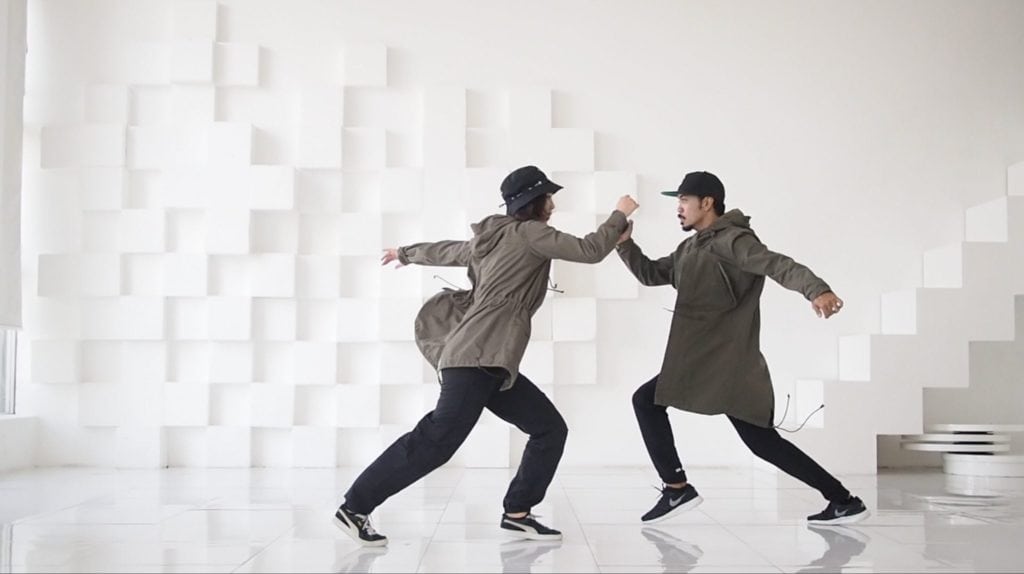
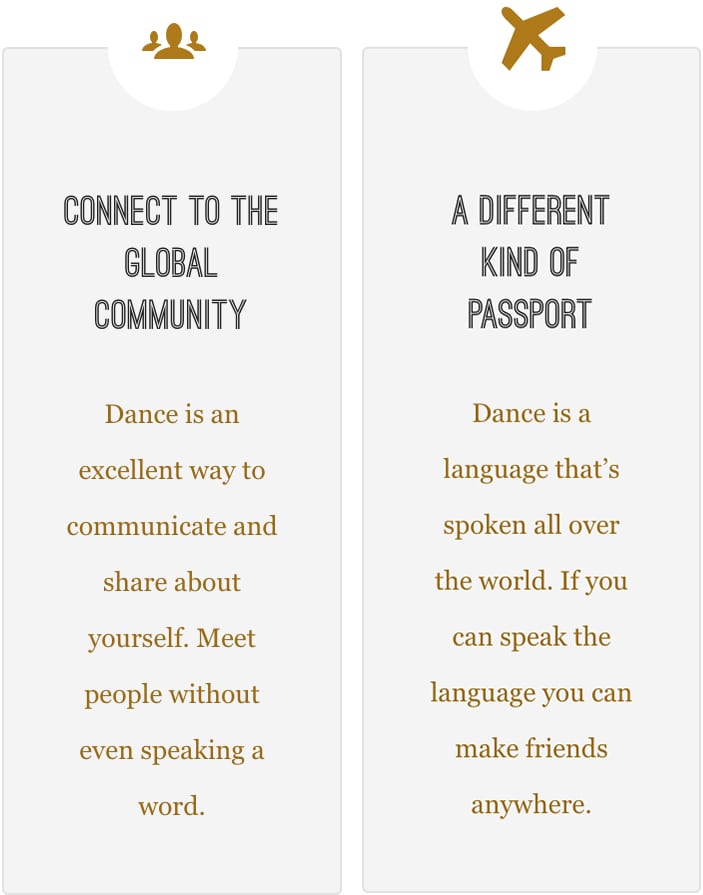
But in 2016, we finally connected when I had an opportunity to teach workshops in Moscow, and we began collaborating on a dance project. While in the capital of Russia, I discovered a new, exciting part of the world, shared what I loved, and made incredible art with a person whom I never would have met if I had never started dancing.
Who would’ve imagined that, half a world away, I’d find a dance partner who understood the way I moved? Dance truly knows no boundaries. Our collaboration continued in California, and I’d go as far as to say that our series of videos have made instant history.
Speaking of history…
Part 3. How I Learned And How You Can Too
Let me tell you a bit about how I first learned how to dance house. I actually starting learning long before I ever visited its birthplace in New York —
Through videos if you can believe it! But back then, the only videos you could find of house dancers (which I think there were only two at the time) were only demonstrations of the steps. They contained no instructions or breakdowns for how to do the moves. I had to figure it out on my own just by watching the videos repeatedly.
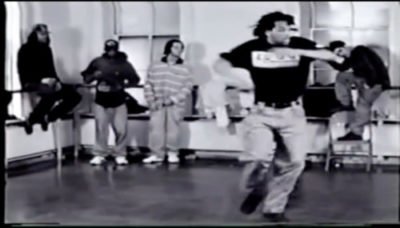
I owe much of my ability to break down and teach house moves to those videos. Honing those skills took much longer than it would have if I had been given some actual direction, but I eventually got it, proving that it is very possible to learn how to dance through videos. Of course, my skill level was comparatively low back then. But that didn’t stop me from ending up in my first house dance battle while on my first trip to New York! And no, it wasn’t a competition that I entered.
In 2003, I was at a random video game arcade in Times Square. This one had a DJ spinning some soulful house music. Well, I was dancing with a few friends when we were approached by a group of people. They made their point clear from the moment they stepped on the dance floor – they wanted to battle us.
So there we were, dancing against some strangers from New York – true house dancers, actually. Somehow they were able to tell that we were from California (maybe it was our clothes). Despite that, I heard a girl say during one of my rounds, “Damn, I didn’t know Cali got down with house!” It was the first time I was referred to as a house dancer in New York. Felt good, man.
The battle threw some twists and turns at us. Ok, maybe that’s an understatement – basically the whole club ganged up on me and my friends – even the bouncer and DJ left their posts to dance against us! We lost.
Now you might be wondering what the moral of the story is. Well, here it is: I started dancing house in 2000 without any real instruction – just a couple of videos that I had on VHS at the time. And even so, I was able to learn well enough to catch the attention of real New York house dancers. But it was clear, even after 3 years, that I was still a beginner compared to the people I battled. I needed actual guidance from experienced house dancers in order to really get it.
Eventually, I did get to learn from my favorite dancers. My style is influenced by the pioneers that popularized and introduced this dance to many of the world’s major cities. To be more specific, I’m influenced by Caleaf, Brooklyn Terry, Shan S, Whichway Sha, Tony McGregor, Stretch, Marjory, Brian Green, and Ejoe. I’ve had the pleasure of dancing with and learning from each person at one point or another, but going to meet them in person to take classes from them was not an easy task since they were all the way across the United States from me.
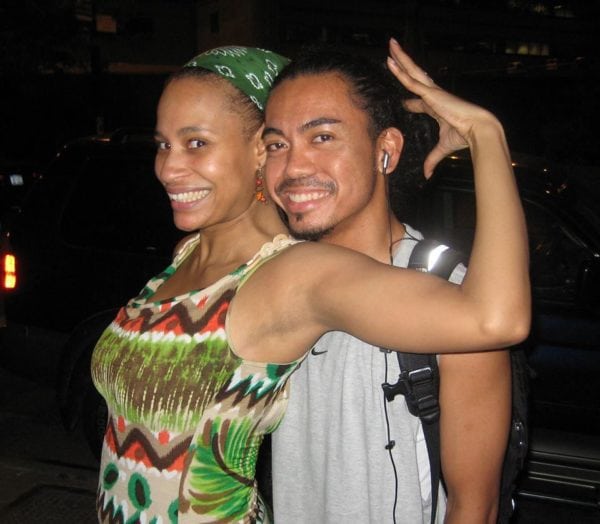
So, fortunately for you, I took in as much knowledge as I could from these dancers over the past couple of decades, and trained obsessively so that, now, I can easily break down that information and pass it on to you!
But the availability of proper instruction was only one of the hurdles I had to overcome.
If I can do this, so can you!
Dance ability is not limited to mutants born with special talents and blue skin like most people would like to make it seem. I would know, being essentially disabled and all…
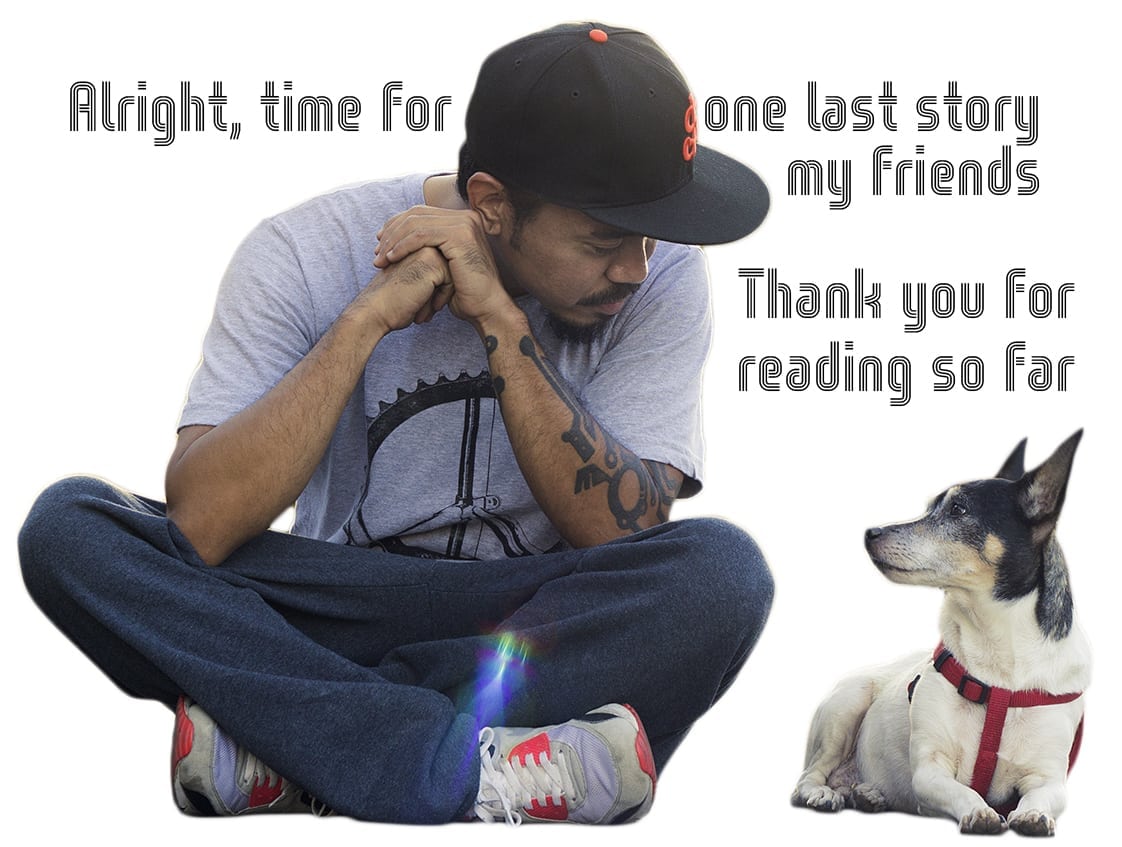
In 1993, I got into a freak accident that involved a q-tip, my brother Naytron, and a fair amount of blood. We were on vacation in the Philippines. I was cleaning my right ear with a q-tip when I heard Naytron approaching the room. I wanted to give him a scare, so as soon as he walked in, I quickly turned around and shouted, “boo!” Somehow, I hit my head on the wall, and little did I know, I forgot to remove the q-tip from my ear. Basically, the bump pushed the q-tip all the way into my ear and completely destroyed my eardrum. Blood gushed out.
Anyway, enough of making you guys uncomfortable. Stupid me, I never got treated for it. And I lost about 30% of my hearing in my right ear due to the accident. I was lucky it wasn’t more. When I got back to the states, I noticed that b-boying was much harder than I remembered (yes, my first style was b-boying). Eventually I found out that the accident also affected my inner ear, and thus my equilibrium. I lost a lot of my natural balance and my ability to do spinning b-boy moves (e.g. windmills).
Still, I loved dance too much to drop it, so I picked up other styles that didn’t involve being a human merry-go-round. Eventually, I was able to incorporate spin-type moves again, but it took years of dedication to achieve that. Well, seeing that most of you are probably not disabled in such a way, you have no excuse as to why you can’t become a great dancer yourself.

